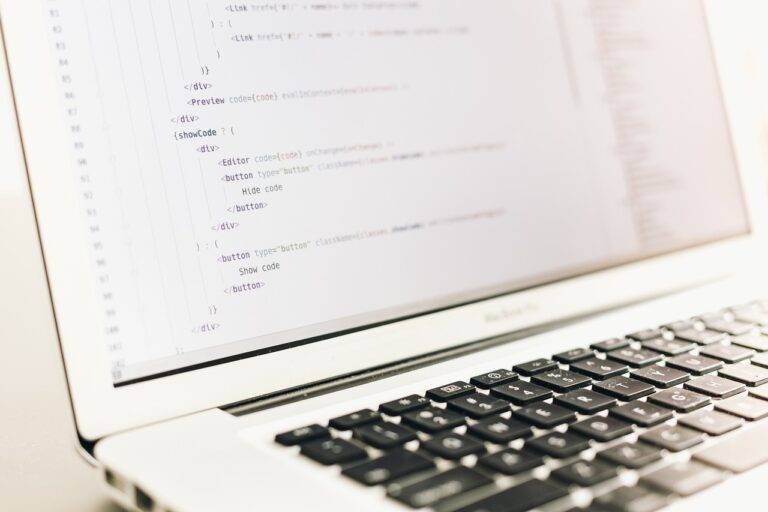Exploring the Potential of AI in Natural Disaster Prediction
Natural disaster prediction is a complex science that relies heavily on various traditional methods. One of the challenges faced in these methods is the reliance on historical data and patterns to forecast future events. These methods struggle to account for the increasingly unpredictable nature of modern-day natural disasters, which are influenced by various factors such as climate change and urban development.
Furthermore, traditional prediction methods often lack the real-time data and advanced technology needed to make accurate forecasts. Limited access to data from remote locations and the inability to process vast amounts of information quickly hinder the effectiveness of these methods. As a result, there is a growing need for more advanced and innovative approaches to natural disaster prediction that can keep pace with the evolving complexities of our changing world.
The Role of Artificial Intelligence in Improving Prediction Accuracy
Artificial Intelligence (AI) has revolutionized the field of natural disaster prediction by offering more accurate and timely forecasts. Traditional methods often rely on historical data and manual analysis, which can be time-consuming and prone to errors. In contrast, AI algorithms can process vast amounts of data quickly, identifying patterns and trends that might have been missed by human analysts.
One key advantage of AI in prediction accuracy is its ability to continuously learn and adapt. By incorporating real-time data and adjusting predictive models based on new information, AI systems can provide more up-to-date and precise forecasts. This adaptive nature allows for more flexibility in responding to rapidly changing conditions, improving overall preparedness and response strategies for natural disasters.
How do traditional natural disaster prediction methods face challenges?
Traditional methods rely on historical data and simplistic models, which may not capture the complexity and dynamic nature of natural disasters.
How can artificial intelligence help improve prediction accuracy?
Artificial intelligence can process large amounts of data in real-time, identify patterns, and make predictions based on complex algorithms, leading to more accurate forecasts.
What are some examples of artificial intelligence applications in natural disaster prediction?
AI technologies such as machine learning, deep learning, and neural networks are being used to analyze weather patterns, seismic data, and other indicators to predict events like hurricanes, earthquakes, and floods.
How can AI enhance early warning systems for natural disasters?
AI can analyze and interpret data faster and more accurately than humans, allowing for quicker and more reliable warnings to be issued to at-risk populations.
Are there any limitations to using artificial intelligence in natural disaster prediction?
While AI can improve accuracy, it is not without its challenges, such as the need for high-quality data, concerns about bias in algorithms, and the potential for false alarms.
What are the potential benefits of using AI in natural disaster prediction?
By improving prediction accuracy, AI can help save lives, reduce property damage, and enable better preparedness and response efforts in the face of natural disasters.





